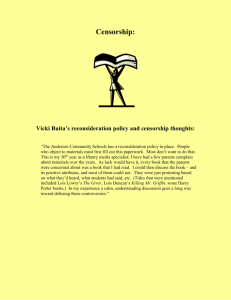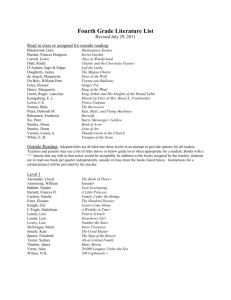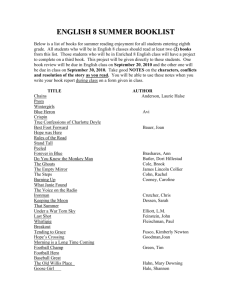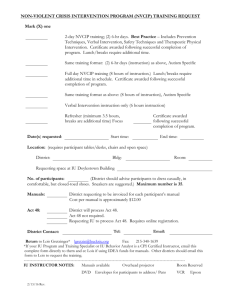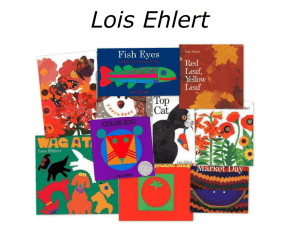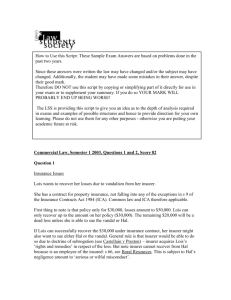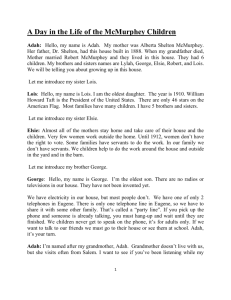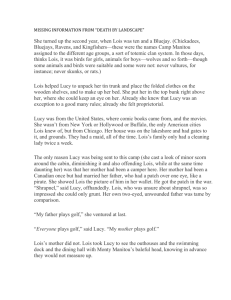Death by Landscape
advertisement
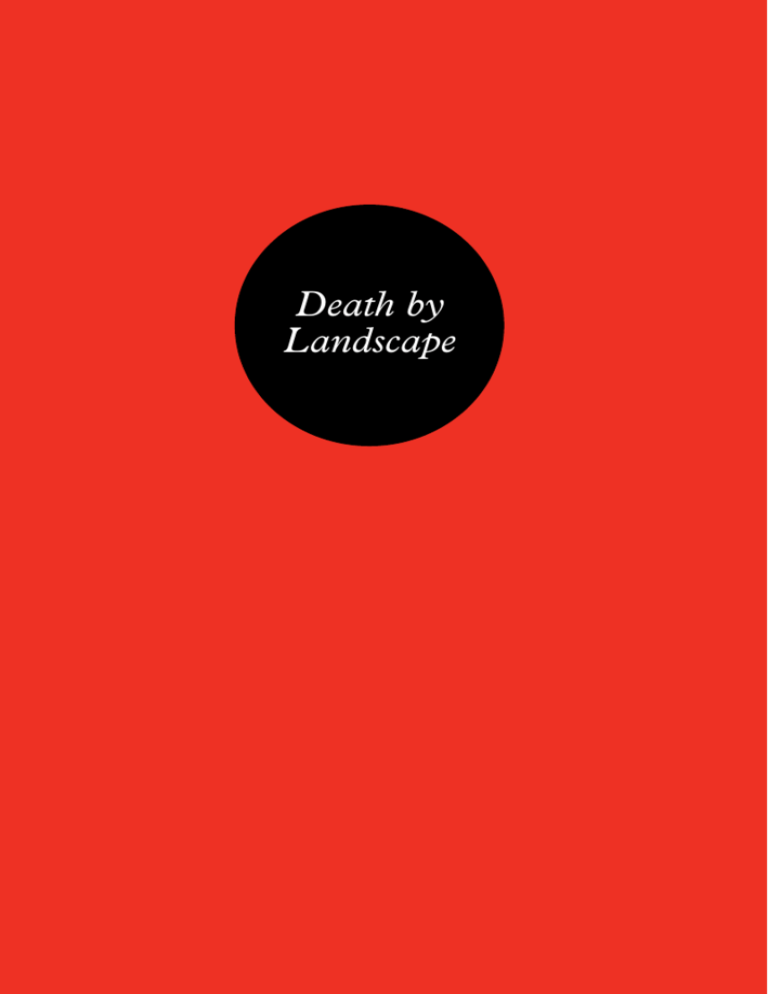
Death by Landscape Now that the boys are grown up and Rob is dead, Lois has moved to a condominium apartment1 in one of the newer waterfront developments2. She is relieved not to have to worry about the lawn3, or about the ivy4 pushing its muscular little suckers5 into the brickwork6, or the squirrels gnawing their way into the attic7 and eating the insulation off the wiring8, or about strange noises. This building has a security system, and the only plant life is in pots9 in the solarium. Lois is glad she’s been able to find an apartment big enough for her pictures. They are more crowded together10 than they were in the house, but this arrangement gives the walls a European look: blocks of pictures, above and beside one another, rather than one over the chesterfield11, one over the fireplace, one in the front hall, in the old acceptable manner of sprinkling art around12 so it does not get too intrusive. This way has more of an impact. You know it’s not supposed to be furniture. 1 a condominium apartment: un piso en propiedad • 2 waterfront developments: urbanizaciones frente al lago • 3 lawn: césped • 4 ivy: hiedra • 5 suckers: chupones, haustorios • 6 brickwork: enladrillado • 7 the squirrels gnawing their way into the attic: las ardillas que royendo se abren camino hacia el ático • 8 eating the insulation off the wiring: comiéndose el material aislante del cableado • 9 pots: macetas • 10 crowded together: amontonadas • 11 chesterfield: tipo de sofá • 12 sprinkling art around: esparcir arte por ahí 16 MARGARET ATWOOD None of the pictures is very large, which d­ oesn’t mean they a­ren’t valuable. They are paintings, or sketches1 and drawings, by artists who were not nearly as well known when Lois began to buy them as they are now. Their work later turned up2 on stamps3, or as silk-­screen reproductions4 hung in the principals’ offices of high schools, or as jigsaw puzzles5, or on beautifully printed calendars sent out by corporations as Christmas gifts, to their less important clients. These artists painted mostly in the twenties and thirties and forties; they painted landscapes6. Lois has two Tom Thomsons, three A. Y. Jacksons, a Lawren Harris. She has an Arthur Lismer, she has a J. E. H. MacDonald. She has a David Milne. They are pictures of convoluted tree trunks7 on an island of pink wave-­smoothed stone8, with more islands behind; of a lake with rough, bright, sparsely wooded cliffs9; of a vivid river shore10 with a tangle of bush11 and two beached canoes12, one red, one grey; of a yellow autumn woods with the ice-­blue gleam of a pond13 half-­seen through the interlaced branches14. It was Lois who’d chosen them. Rob had no interest in art, although he could see the necessity of having something on the walls. He left all the decorating decisions to her, while 1 sketches: esbozos • 2 turned up: apareció • 3 stamps: sellos • 4 silkscreen reproductions: serigrafías • 5 jigsaw puzzles: rompecabezas • 6 landscapes: paisajes • 7 convoluted tree trunks: intrincados troncos de árboles • 8 pink wave-smoothed stone: piedra rosa alisada por las olas • 9 sparsely wooded cliffs: acantilados escasamente arbolados • 10 shore: orilla • 11 a tangle of bush: una maraña de arbustos • 12 two beached canoes: dos canoas varadas • 13 the ice-blue gleam of a pond: el reflejo azul claro de un estanque • 14 half-seen through the interlaced branches: vislumbrado entre las ramas entrelazadas DEATH BY LANDSCAPE 17 providing the money1, of course. Because of this collection of hers, Lois’s friends—especially the men—have given her the reputation of having a good nose for2 art investments. But this is not why she bought the pictures, way back then3. She bought them because she wanted them. She wanted something that was in them, although she could not have said at the time what it was. It was not peace: she does not find them peaceful in the least4. Looking at them fills her with a wordless unease5. Despite the fact that there are no people in them or even animals, it’s as if there is something, or someone, looking back out6. When she was thirteen, Lois went on a canoe trip. She’d only been on overnights7 before. This was to be a long one, into the trackless wilderness8, as Cappie put it. It was Lois’s first canoe trip, and her last. Cappie was the head of the summer camp to which Lois had been sent ever since she was nine. Camp Manitou, it was called; it was one of the better ones, for girls, though not the best. Girls of her age whose parents could afford it were routinely packed off 9 to such camps, which bore a generic resemblance10 to one another. They favoured11 Indian names and had hearty, energetic leaders, who were called Cappie 1 while providing the money: aunque ponía el dinero • 2 a good nose for: un buen olfato para • 3 way back then: por aquel entonces • 4 in the least: en absoluto • 5 a wordless unease: un malestar mudo, inexplicable • 6 looking back out: devolviendo la mirada • 7 overnights: vivacs • 8 trackless wilderness: naturaleza inexplorada • 9 packed off: enviadas • 10 bore a generic resemblance: guardaban un parecido general • 11 they favoured: solían tener 18 MARGARET ATWOOD or Skip or Scottie. At these camps you learned to swim well and sail1, and paddle2 a canoe, and perhaps ride a horse or play tennis. When you w ­ eren’t doing these things you could do Arts and Crafts and turn out dingy, lumpish clay ashtrays3 for your mother—mothers smoked more, then—or bracelets made of coloured braided string4. Cheerfulness5 was required at all times, even at breakfast. Loud shouting and the banging of spoons6 on the tables were allowed, and even encouraged, at ritual intervals. Chocolate bars were rationed, to control tooth decay7 and pimples8. At night, after supper, in the dining hall or outside around a mosquito-­infested campfire ring for special treats9, there were singsongs10. Lois can still remember all the words to “My Darling Clementine,” and to “My Bonnie Lies Over the Ocean,” with acting-­out gestures: a rippling11 of the hands for “the ocean,” two hands together under the cheek for “lies”. She will never be able to forget them, which is a sad thought. Lois thinks she can recognize women who went to these camps, and were good at it. They have a hardness to their handshakes, even now; a way of standing, legs planted firmly and farther apart than usual; a way of sizing you up12, to see if you’d be any good in a canoe—the front, not the back. 1 sail: navegar • 2 paddle: remar • 3 turn out dingy, lumpish clay ashtrays: hacer ceniceros de barro, toscos y deslucidos • 4 braided string: cuerda trenzada • 5 cheerfulness: alegría • 6 banging of spoons: golpear las cucharas • 7 tooth decay: caries • 8 pimples: granos • 9 campfire ring for special treats: hoguera para ocasiones especiales • 10 there were singsongs: se cantaba • 11 rippling: ondulación • 12 sizing you up: juzgarte, evaluarte DEATH BY LANDSCAPE 19 They themselves would be in the back. They would call it the stern1. She knows that such camps still exist, although Camp Manitou does not. They are one of the few things that ­haven’t changed much. They now offer copper enamelling2, and functionless pieces of stained glass3 baked in electric ovens, though judging from the productions of her friends’ grandchildren the artistic standards have not improved. To Lois, encountering it4 in the first year after the war, Camp Manitou seemed ancient. Its log-­ sided5 buildings with the white cement in between the half-­logs, its flagpole ringed with whitewashed stones6, its weathered grey dock jutting out7 into Lake Prospect, with its woven rope bumpers8 and its rusty rings for tying up9, its prim round flowerbed10 of petunias near the office door, must surely have been there always. In truth it dated only from the first decade of the century; it had been founded by Cappie’s parents, who’d thought of camping as bracing11 to the character, like cold showers, and had been passed along to her as an inheritance, and an obligation. Lois realized, later, that it must have been a struggle12 for Cappie to keep Camp Manitou going, during the Depression 1 the stern: la popa • 2 copper enameling: cobre esmaltado • 3 stained glass: vidrio de color • 4 encountering it: que se topó con él • 5 logsided: con paredes de troncos • 6 flagpole ringed with whitewashed stones: asta de bandera rodeada de piedras encaladas • 7 weathered grey dock jutting out: desgastado muelle gris que se adentra • 8 woven rope bumpers: parachoques de cuerda entrelazada • 9 rusty rings for tying up: aros oxidados para amarrar • 10 prim round flowerbed: formales y redondeados parterres • 11 bracing: vigorizante • 12 struggle: lucha

